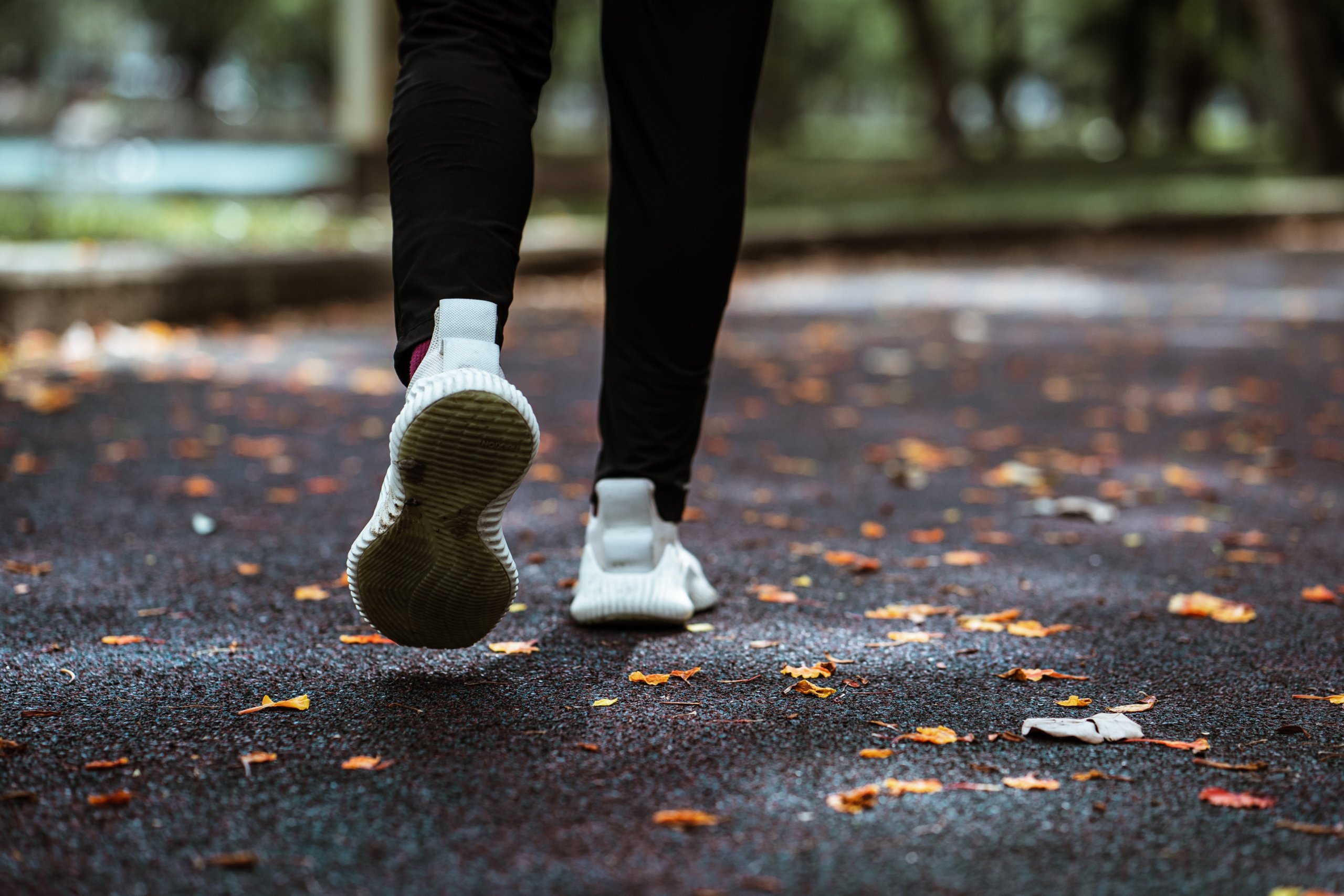
Wearables are one of the greatest technological marvels of our time. Emerging from a combination of the Internet of Things (IoT), artificial intelligence (AI), and health app development, these devices were originally employed to track steps. But those days are long gone — wearable technology has transcended this single use case to become something much more.
Now, people around the world are using them to take a more proactive approach to their health by measuring their heart rates, sleep patterns, and calories burned. These devices are even playing integral roles in research experiments, clinical trials, and corporate wellness programs.
But just how accurate are commercial wearables, really? It turns out that a number of seemingly insignificant factors such as darker skin, pushing a shopping cart or stroller, or just shuffling while you walk can skew your data.
Wearables Don’t Count — They Approximate
In 2019, researchers conducted an accuracy study of consumer- and research-grade wearables when used by older adults. 18 senior citizens took part. After being strapped with trackers on their wrists, ankles, belts, and chests, they were tasked with strolling on a treadmill. But none of the gadgets displayed an accurate step count.

It turns out that the participants’ movements were too slow to trigger the sensors in all of the devices. Fast forward to today, and it’s now becoming clear that various factors can make your wearable’s tracking capabilities go awry. To get the most accurate results, you have to fit into quite a narrow demographic: Have a light skin tone, be in your 20s or 30s, possess an average fitness level, and walk with a “purposeful” gait.
If you can check all those boxes, then odds are good that your wearable tracking will work better. With that said, it’s worth noting that wearables don’t exactly count every step; they actually approximate them using an accelerometer. Commonly used in IoT development, these electromagnetic sensors can pick up on motion.

When the accelerometer detects motion, the wearable then interprets the information using an algorithm that has been trained to recognize what constitutes a step. With personalized data such as a user’s height, weight, and age, these calculations can be customized to be more precise.
Your Data Is a Reflection of How You Move
But personal information about the user can only get us so far. To see why wearables can oftentimes be inaccurate, we must investigate how the algorithms they utilize are trained.
Lynne Feehan is an Associate Professor of the University of British Columbia’s Physical Therapy Department and the co-author of a Fitbit accuracy study. She says that the algorithms employed by wearables are usually based on data obtained from studies on college-aged men.
“They [wearables] do detect steps well if it’s normal paced steps, normal cadence,” Feehan explains. “They were designed to measure purposeful walking.” But if you’re prone to shuffling or taking small steps, or if you find yourself pushing a walker or shopping cart, the accelerometer probably won’t be as accurate. “There’s a definite bias in there. How a child moves and how someone who’s 90 moves is very different,” says Feehan.
Shelten Yuen, the Vice President of Research at San Francisco-based Fitbit, says that the company continuously strives to enhance its algorithms: “Fitbit uses AI and machine learning, coupled with insights from its large database of biometric information to develop and continually improve its offerings.”
Walk with intent while thrusting your arm forward with each step, and your wearable will most likely sense and record the movement correctly. But if you don’t move your arms much while in motion, have a limp, or just like to stroll leisurely, it’s safe to assume that your data is thrown off a bit. More specifically, Feehan and her colleagues found that Fitbits under-recorded steps by older adults by as much as 25%.
Accounting for Inaccuracy
In their study, Feehan and her co-authors also discovered some other startling results. For instance, the wearables tended to only have acceptable accuracy one-third to one-half of the time! While walking normally or jogging in the lab environment, they would undercount steps 50% of the time. Outside of lab conditions, they’d overcount steps by as much as 35%. Fitbit has declined to comment on this and other individual studies.
And in case you were looking for unethical ways to increase your step count (say, for a workplace-sponsored fitness program), wearables also tend to be fairly easy to fool. Attaching them to metronomes or spinning them around with drills or bicycle wheels can all do the trick.
None of this is to say that wearables don’t provide value. On the contrary, they’ve helped thousands of people lead healthier lives. If you want to compare your activity levels day by day, these devices are indispensable. However, if you’re specifically aiming for a goal like 10,000 steps a day, you may want to take your results with a grain of salt.
Stay Tuned and Stay Healthy
We hope you’ve enjoyed this brief overview of how well wearables count steps. Stay tuned! Next week, we’ll delve into how capable these devices are of tracking heart rate and caloric burn.
Do you use a wearable? Have you found it to be accurate? How would you improve your device? As always, let us know your thoughts in the comments below!





